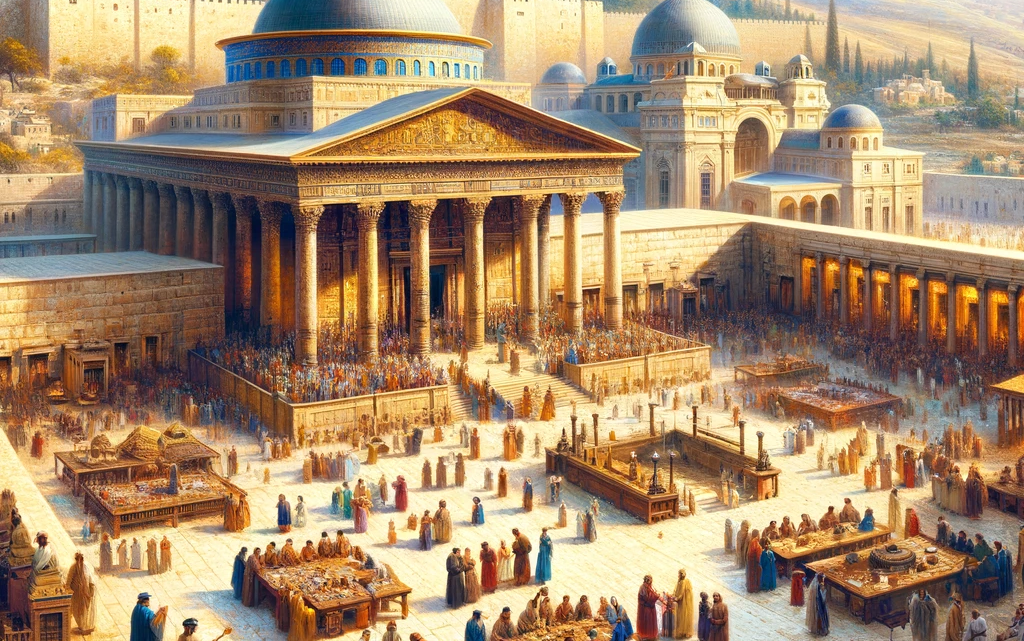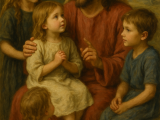“Sacred Journey: From Ancient Tabernacle to Future Temple in Scripture”


Introduction:
The journey of Yehovah’s dwelling among His people, from the Tabernacle in the wilderness to the anticipated Third Temple, reveals a profound evolution in the nature of sacred spaces. This exploration, grounded in scriptures, delves into how divine presence has been manifested and understood across different eras.
Section 1: The Tabernacle – Yehovah’s Presence in the Wilderness
The Tabernacle, detailed in Exodus 25-27, was the first physical manifestation of Yehovah’s presence among the Israelites. It was a mobile sanctuary, with the cloud and fire representing Yehovah’s guidance. The Ark of the Covenant, housed within, symbolized Yehovah’s covenant and law.
Section 2: Solomon’s Temple – Divine Endorsement of a Permanent Home
The transition to the First Temple, as recounted in 1 Kings 6-8, marked a significant shift from a movable Tabernacle to a permanent structure. Solomon’s Temple was built according to divine direction given to David (2 Samuel 7:12-13). Its grand dedication, with Yehovah’s glory filling the temple, signified a continuation of the divine presence in a more established location.
Section 3: The Second Temple – Human Initiative within Divine Plan
Different from the First Temple, the Second Temple’s inception, following the Babylonian exile, was influenced more by human initiative and political circumstances, notably the decree of Cyrus the Great. Despite the lack of a direct divine command as seen in the First Temple’s construction, prophets like Haggai and Zechariah encouraged its rebuilding. Haggai, in particular, saw it as essential for restoring the nation’s spiritual life (Haggai 1:8, 2:7-9). This period marked a shift in focus towards communal worship and Torah study, adapting to the absence of the Ark and the overt divine signs like the cloud and fire.
Section 4: The Prophesied Third Temple – Future Expectations
The vision of the Third Temple, especially in Ezekiel 40-47, raises expectations of a future restoration of divine presence. Interpretations vary, with some viewing it as a physical structure and others as a spiritual or symbolic representation. This concept aligns with New Testament themes, where Yeshua’s sacrifice and believers as temples (1 Corinthians 6:19-20) suggest a more internalized divine presence.
Conclusion:
From the Tabernacle to the prophesied Third Temple, the narrative of Yehovah’s dwelling places reflects an evolving understanding of divine-human relationships. Each phase, from the mobile Tabernacle to the grandeur of Solomon’s Temple and the community-focused Second Temple, shows a different facet of how Yehovah’s presence has been perceived and experienced. This journey invites believers to reflect on the meaning of divine presence in both historical and contemporary contexts.










